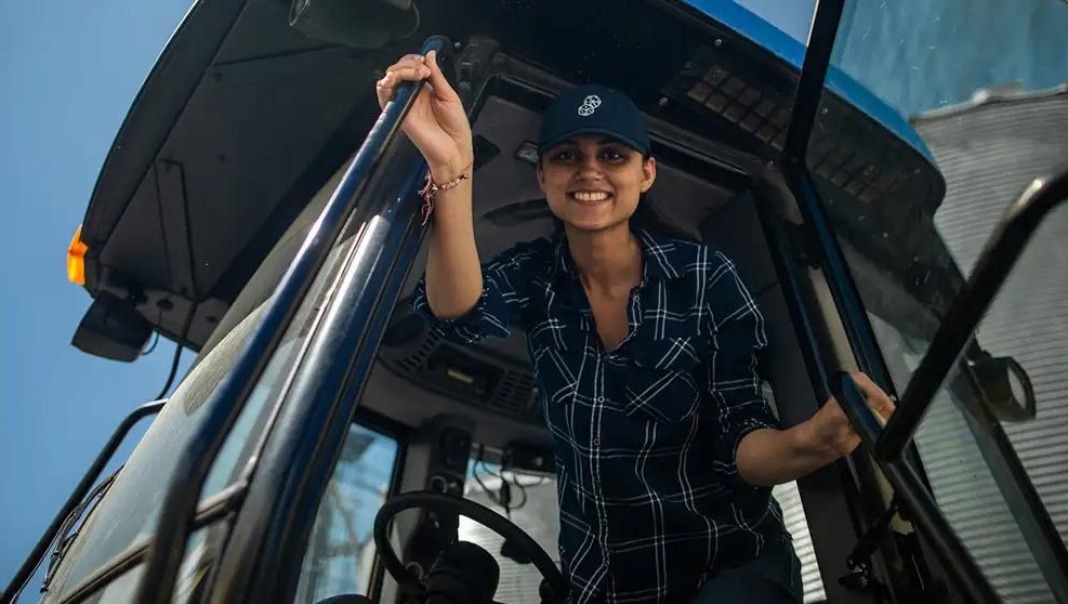Health and safety on the farm: Protecting our heritage
Friday, April 5, 2024
Reference: FCC
 The farm is both a workplace and a living space where adults and children spend much of their daily lives, exposing them to a wide range of hazards and risks associated with the activities that take place there. Agriculture is considered one of the most hazardous sectors of the economy.
The farm is both a workplace and a living space where adults and children spend much of their daily lives, exposing them to a wide range of hazards and risks associated with the activities that take place there. Agriculture is considered one of the most hazardous sectors of the economy. In Quebec, for example, statistics from the Institut national de santé publique (INSPQ) show an average of 16 fatalities and 174 hospitalizations per year for every 100,000 people working in agriculture. Machinery is often the cause, especially among children (60% of deaths) and people aged 65 and over (69% of deaths). In fact, almost half of all fatal accidents involve a tractor. Other major causes of injury include falls from heights, working with animals, working in confined spaces and traffic collisions.
“This reality underscores the importance of taking precautions to ensure everyone’s health and safety,” says Isabelle Sauriol, occupational health and safety manager for the Union des Producteurs Agricoles (UPA). “As a business owner, you're responsible for everything related to health and safety on your farm. Your efforts not only help protect you, your employees and your family, but also improve productivity and the work environment.”
Inspection and identification of hazards
It’s important to thoroughly examine your farm to identify the various risks of potential accidents or health hazards, whether chemical, ergonomic, physical, biological, psychosocial or equipment related. Rigorous identification of these risks will allow you to implement preventive measures and tools such as written procedures for safe work practices, records, inspection checklists, protective equipment and a first aid kit. In this regard, it is highly recommended that you include a health and safety section in your employee handbook to educate workers about hazards, prevention rules, emergency procedures and their rights and responsibilities.Preventive measures
“The installation of protective devices on tractors such as roll-over bars and guards, the systematic use of seat belts and the use of machine guards are particularly effective preventive measures,” says Denis Roy, UPA’s manager of finance and farm labour. “Safety decals, equipment instructions, road signs such as speed limit and children at play signs and an ergonomic guide are also useful. In addition, regularly updating these practices for new safety standards will ensure a safe and proactive work environment.”In Quebec, the Act to modernize the occupational health and safety regime requires all employers to prevent accidents and occupational diseases. This legislation requires producers whose operations are registered with the Commission des normes, de l’équité, de la santé et de la sécurité du travail (CNESST) to implement participation and prevention mechanisms. However, more than half of all farms do not fall under CNESST jurisdiction and are thus beyond its regulatory control. Nevertheless, in close conjunction with the healthcare system and the UPA, CNESST is involved in developing and implementing numerous initiatives to promote prevention in the agriculture sector.
Child safety on the farm
Read More
Sign up to stay connected
- News
- Property Alerts
- Save your favourite properties
- And more!
Joining Farm Marketer is free, easy and you can opt out at any time.
